How is the box spring system made?
There are two main ways to make a box spring system.
One way is to create a web of interconnected springs and place them within the confines of a wooden frame. The other way is to create a metal frame, and instead of using the springs – you place a metal grid on top of it.
Manufacturing the latter is rather easy. A modern metal bed frame box spring comes disassembled, and even if you have never assembled anything in life – you should be able to put this kind of bed frame together without any issues whatsoever.
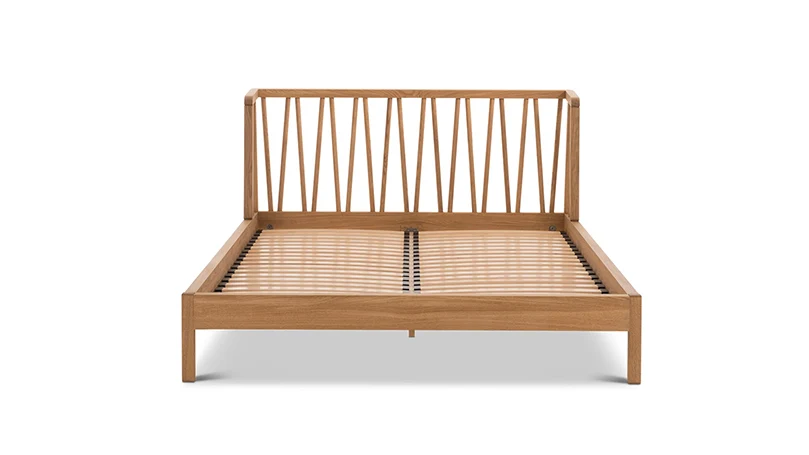
A more traditional box spring is another story. Creating a wooden frame takes, and a solid foundation takes time and skill, and properly connecting the springs is nothing short of an art. One of the techniques for making a wooden box spring is called 8-way hand-tying, which requires you to connect the springs using an intricate web of strings, securely tying the springs into place.
And oh, they're both covered in cloth. Neither of them are “naked”.
When do we need a box spring system?
Some of you might wonder – why do you even need this bed frame when you can just get yourself an ottoman or a storage bed? Well, you are onto something there, especially with these modern hybrid and memory foam mattresses, but there are several benefits to owning a box spring support system.
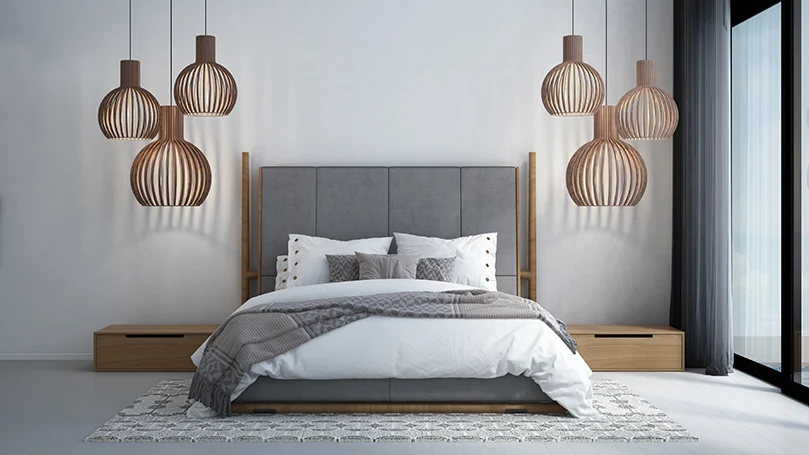
More height
Traditionally, box springs were used to add some height to your bed, and despite the current trend of keeping things near to the ground – some folks might still prefer home height to their bed.
Generally speaking, tall people and senior citizens can quite benefit from a tall bed. Furthermore, people with bad knees and achy joints will also appreciate a tall sleeping surface, helping them get out of bed in the morning.
More support
Some bed frames just don't offer enough support, which is where box springs come into play. A proper support system is paramount if you don't want your mattress to sag.
Moreover, a coil spring and innerspring mattress requires this bed frame to live up to its full potential, but more on that later.
Extended mattresses' lifespan
While it is true that innerspring mattresses are becoming relics of the past, and that some of them have a bad reputation of being short-lived – some of them are still worth the money.
The thing is, without a box spring, an innerspring mattress won't last as long. It needs all the support and shock absorption properties of a box spring to last as long as it should.
Improving breathability
We all know how toasty it can get during the summer, so having a bridge like a box spring between the floor or another bed frame can do wonders for breathability and airflow.
A hollow nature of a box spring leaves space underneath the mattress and allows for the air to circulate and move around freely, entitling us to enjoy a cool night of restful sleep.
What is the difference between a box spring, foundation and a platform bed?
Platform beds and foundation beds are known box spring alternatives. But, what are the key differences between them?
Since we already know what a box spring is, let's explain the other two.
Foundations are similar to box springs and are even often confused for them. However, a foundation is a wooden frame, solely built for the purpose of providing support for your mattress. Essentially, a foundation is a low-profile bed frame.
A platform bed is a bed frame with a solid foundation or a bottom. Unlike foundations or box springs that have springs or slats for foundation, a platform bed has a solid surface upon which you rest your mattress directly.
Apart from the obvious differences we've stated, you could also make a case that unlike foundations and platform beds – a box spring is not your regular bed frame. It's closer to an additional support layer, or a foundation.
Why does the box spring make noise and squeak?
One of the reasons why box springs became a bit obsolete, is that they had this squeaky quality to them.
Namely, as box springs got older and suffered some wear and tear, they began to make noise. It's natural. After all, they were filled with metal springs, and as those springs lost their elasticity – they began to creak, squeak, and make all sorts of other noises.
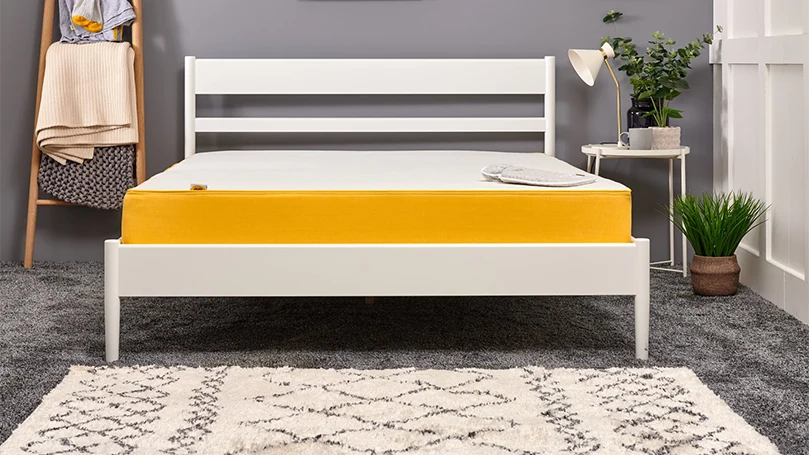
Luckily for all of us, fixing a squeaky bed frame isn't as hard as it might seem, but we'll have to delve into that on some other occasion.
When is the right time to replace a box spring system?
You might be tempted to toss your old box spring out of the house as soon as it starts making noise, but we'd advise against it. While there's no “perfect time” to dispose of your old bed frame, there are some signs to be on the lookout for.
- First up, if your box spring is over ten years old – out with it. It's lived a good, long life, but now it's time for a new one.
- If you've noticed that the grid has been damaged or broken – it's better to get a new box spring than to try and fix this one.
- If you notice sagging, that could very well be your old box spring telling you it is time to go.
- And finally, if the noise is becoming unbearable and constant – it's time to say goodbye.
Any of these four could be a good reason to toss out your old box spring, so if yours checks any of the four – out with it. If it checks all the boxes, we admire you for sticking with it for so long, but you need to move on.
How to hide box springs?
Let's be honest here, some of these box springs aren't too flashy or good looking, so you might need to learn how to hide, or at the very least, decorate them. Here's how you'll do it.
- Buy a box spring cover and wrap it around it.
- Build or buy an upholstered frame and put your box spring into it.
- Use a fitted sheet.
Any of these will work hard, but we're sure that if you're creative enough, you'll be able to come up with a few other ways to conceal this bed frame in your home.
Can I use a box spring with a platform bed?
You wouldn't generally see this, but yes – you can use a box spring with a platform bed, provided that you get a platform bed with a firm, solid base. If it's a slatted base bed – this won't work.
Seeing how platform beds are usually low-profile, this bed frame could help you bridge the height gap without having to spend tons of money buying an unreasonably tall mattress, or another, taller bed frame.
We've already said why height could be an issue for some, so there's no point in revisiting it again.
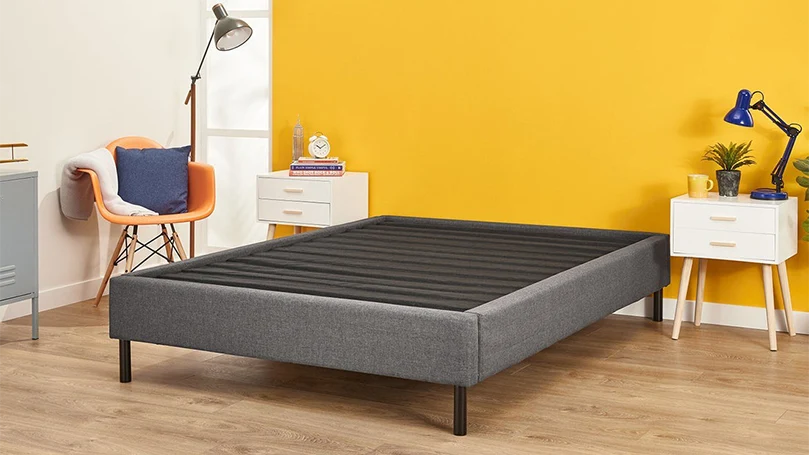
Can box spring break?
If you're wondering can a box spring break – the answer is yes. Of course, it can. Everything breaks.
Most people are concerned with how much weight can this bed frame take before it breaks. Is it 500 pounds? 1000 pounds? 2000 pounds? Well, it depends. Most box springs will easily handle anywhere between 500 and 1000 pounds, while some will even hold up to 3000 pounds – although we can't really see the point behind those ones.
As for when will they break – it depends. It depends on the material. Generally speaking, plywood and softwood frames will crack and break within two to three years, while hardwood ones could last up to a decade. Possibly longer.
Steel and metal frames tend to last up to around ten years and will usually just bend – rarely will they break.
Springs tend to last anywhere between five to ten years – depending on various factors. What will happen is they'll collapse, lose elasticity, and you'll notice sagging.
Hopefully, this answers your question.
Conclusion – Are box springs outdated?
It is obvious that there are some benefits to box springs, but we just have to ask ourselves – are they outdated? Do we really need them?
They were mostly used with innerspring mattresses, which are not as popular as they once were. In fact, they're the least popular option nowadays, trailing the likes of latex mattresses, hybrid mattresses, and of course, memory foam mattresses.
In fact, box springs are pretty much obsolete if you go and get any of the aforementioned mattresses. There's just no need for them with these newer memory foam and hybrid mattresses. In some cases, you might even risk voiding the mattress warranty for not providing your mattress with suitable support.
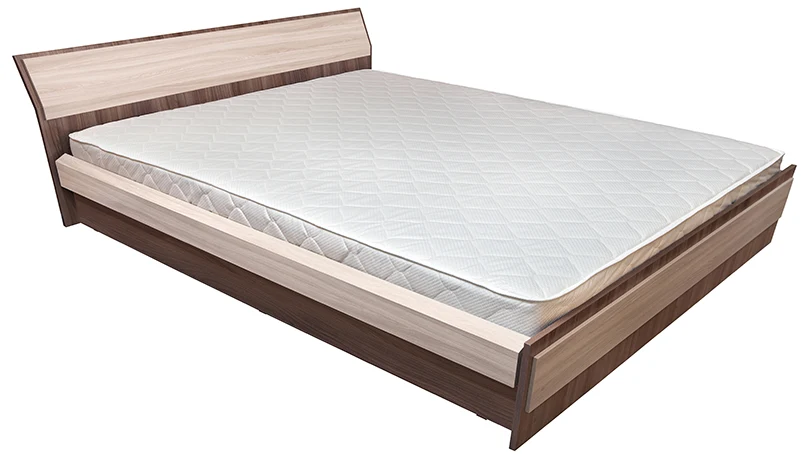
Furthermore, a sturdy base such as box springs' isn't suitable for most beds and bed frames. For instance, you can't place a box spring on an adjustable bed, nor on any bed with wooden slats, so what's the point?
The harsh truth is – unless you're particularly attached to an innerspring mattress – you don't have a need for this bed frame. Whatever the case is, you're much better off investing in a different bed base and a different mattress.
So, yes – box springs are a bit outdated today, especially when compared to the new technologies that find their places in the beds industry.

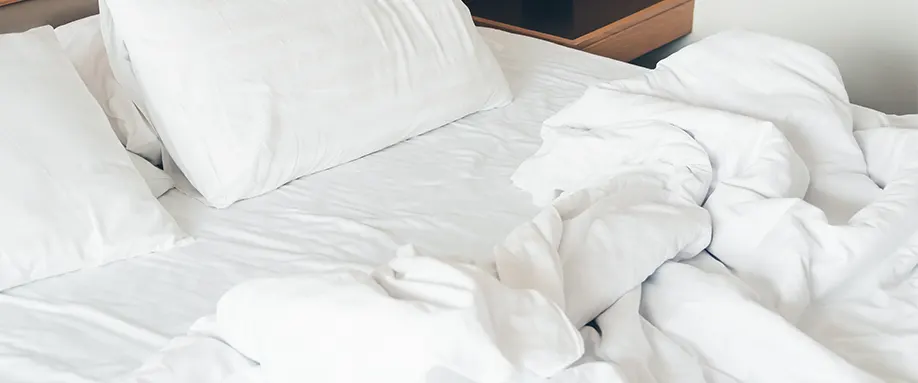

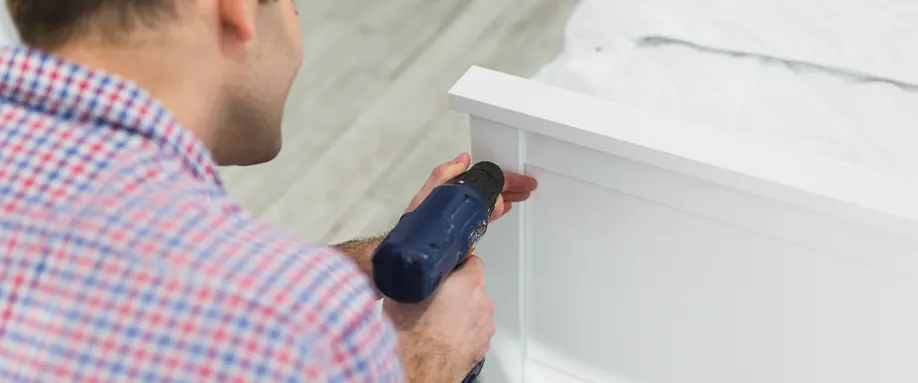











There are no comments yet
"*" indicates required fields